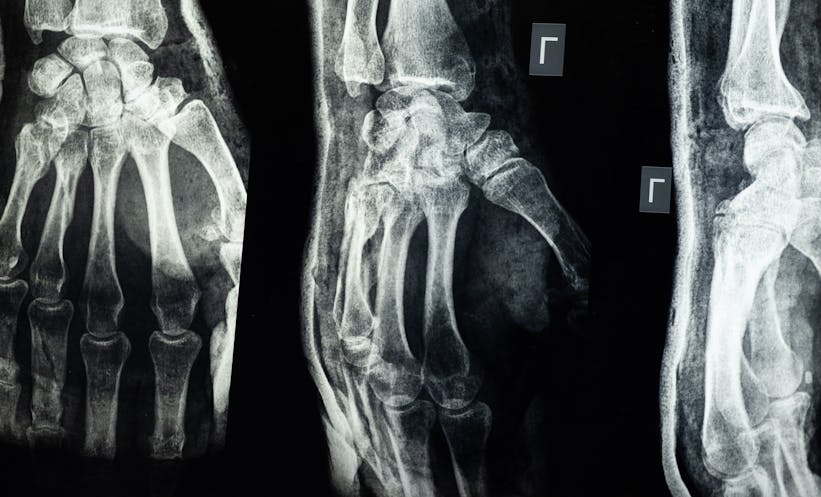DARK field X-ray imaging has been found to provide insights into bone microstructure in recent research, meaning it could potentially have a role in assessing osteoporosis. The research was conducted by a team at Ludwig Maximilian University of Munich, Germany.
Using dark-field imaging on human cadaveric vertebrae, the team identified correlations between dark-field signals and bone microstructural parameters typically assessed through high-radiation CT scans. “This finding implies the potential application of dark-field imaging to draw conclusions on bone microstructure for predicting bone stability at a lower radiation exposure than in tomographic modalities,” explained a doctoral researcher at the university.
Osteoporosis, characterised by reduced bone mass and deteriorated trabecular bone structure, significantly increases fracture risk. While quantitative CT imaging remains a primary tool for diagnosing osteoporosis, it involves considerable radiation, posing limitations for patient safety, particularly with repeated scans.
Dark-field imaging, known for measuring ultra-small-angle scattering of x-rays as they pass through structures, has been mainly explored in pulmonary imaging. Recently, however, the research group demonstrated that it could differentiate osteoporotic vertebrae from healthy ones, and this new study extends their findings.
For the study, the team examined 35 lumbar vertebrae from 12 cadaveric donors, including osteoporotic and non-osteoporotic samples. Vertical and horizontal dark-field images were obtained, with specimens scanned in a water bath to reduce air interference. The dark-field signals were then correlated with micro-CT measurements, including trabecular number, bone volume fraction, and hydroxyapatite density.
Results showed that dark-field signals were significantly lower in osteoporotic vertebrae, correlating closely with CT-derived parameters of bone strength. These findings suggest that dark-field imaging could potentially assess bone microstructure with substantially less radiation than current CT methods.
With further development, dark-field radiography may offer a safer, effective alternative for diagnosing osteoporosis, particularly as a low-radiation tool for tracking disease progression. The researchers noted that “dark-field imaging could become an important diagnostic component in osteoporosis imaging.”
Reference
Rischewski JF et al. Dark-field radiography for the detection of bone microstructure changes in osteoporotic human lumbar spine specimens. Eur Radiol Exp. 2024;8(1):125.








